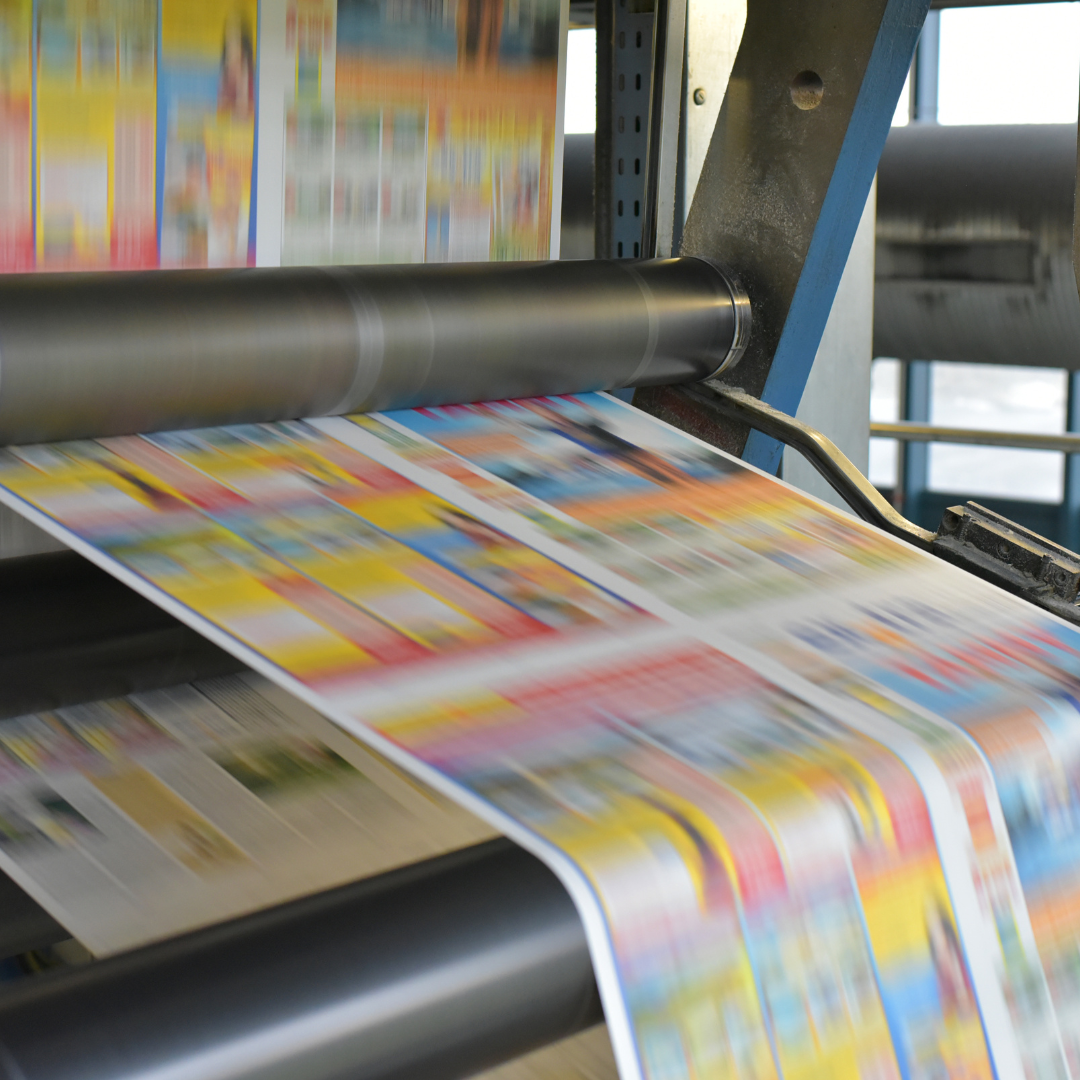The Importance of Paper Selection in Book Printing
In the vast world of book publishing, where words weave tales and stories come to life, one often overlooked aspect plays a crucial role in the final masterpiece: the choice of paper. Yes, the paper on which a book is printed might seem like a trivial detail, but let me assure you, it’s a decision that can make or break the reading experience. Join me on this exploration into the heart of printing books as we uncover the significance of paper selection.
- The First Impression: Judging a Book by Its Cover, Literally
When we pick up a book, the cover captures our attention first. However, what lies beneath that captivating design is equally crucial. Imagine flipping open a novel to find thin, flimsy pages – it’s like biting into a decadent-looking chocolate cake only to discover it’s made of cardboard. The tactile feel of paper sets the initial tone for the reader, shaping their expectations for the entire journey.
- Weight Matters: Striking the Right Balance
Ever noticed how some books feel hefty in your hands while others are feather-light? That’s the magic of paper weight. The choice between lightweight and heavyweight paper isn’t just about preference; it influences the overall reading experience. Lightweight paper might be convenient for a beach read, but a weightier option can add a sense of durability and quality, especially for timeless classics.
- Texture Tells a Tale: Smooth vs. Rough
Close your eyes and run your fingers over the pages of your favourite book – is it silky smooth or pleasantly textured? The tactile experience of reading is often underestimated. Smooth paper can make flipping pages effortless, creating a seamless reading flow. On the other hand, textured paper provides a sensory delight, immersing readers in a multisensory experience.
- The Color Conundrum: White, Cream, or Beyond?
The colour of the paper might seem like a minor detail, but it significantly impacts readability and aesthetics. White paper offers a clean, modern look, while cream tones provide a warmer, classic feel. The choice between the two can affect not only the visual appeal but also the ease of reading. It’s the subtle nuances that contribute to the overall ambience of the book.
- Eco-Friendly Endeavors: Choosing Sustainable Paper
In our eco-conscious era, where every choice echoes in the sustainability conversation, opting for environmentally friendly paper is a responsible decision. The paper industry has evolved, offering recycled and FSC-certified options. A book printed on eco-friendly paper isn’t just a pleasure to read; it’s a conscientious choice that resonates with environmentally aware readers.
- Ink Absorption: Striking the Right Balance
Have you ever noticed how some books have vibrant, rich colours while others appear muted? The absorption of ink by the paper plays a pivotal role in the final print quality. A well-chosen paper ensures that the ink sits just right, enhancing the clarity of text and images. It’s the unseen dance between paper and ink that brings the words to life on the page.
- Longevity Matters: Ensuring a Timeless Presence
Books are timeless companions, meant to withstand the test of time. The choice of paper impacts a book’s durability and longevity. Acid-free, archival-quality paper prevents yellowing and deterioration, ensuring that your favourite novels can be passed down through generations, becoming cherished family heirlooms.
- Budgetary Considerations: Balancing Quality and Affordability
In the intricate dance of book publishing, the budget is a dance partner that can’t be ignored. Paper selection involves a delicate balance between quality and cost. Publishers and authors must navigate this terrain wisely, ensuring that the chosen paper meets the desired standards without breaking the bank.
- The Aesthetic Dance: Choosing the Right Finish
Just as a painter selects the right brushstroke to finish a masterpiece, the choice of paper finish adds the final touch to a book. Matte, glossy, or satin finishes each contribute to the visual appeal in their unique way. A matte finish exudes a subtle elegance, reducing glare and providing a smooth texture. On the other hand, a glossy finish enhances colours, creating a vibrant, eye-catching effect. The selection here is akin to choosing the perfect frame for a cherished painting – it frames the narrative in a way that complements its essence.
- Print Run Considerations: Consistency Across Copies
In the realm of book printing, maintaining consistency across a print run is a challenge that can’t be understated. The chosen paper should not only meet quality standards but also ensure uniformity across all copies. Readers expect a cohesive experience, and a well-thought-out paper choice guarantees that each book in a print run looks and feels like its counterparts. It’s about creating a harmonious collection that stands as a testament to the meticulous craftsmanship behind every printed word.
The Unseen Artistry of Paper Selection
So, the next time you pick up a book, take a moment to appreciate the feel of the pages beneath your fingertips. It’s a testament to the thoughtful decisions made by publishers, authors, and printing professionals who understand that the artistry of bookmaking extends beyond words – into the very fabric of the pages themselves.


